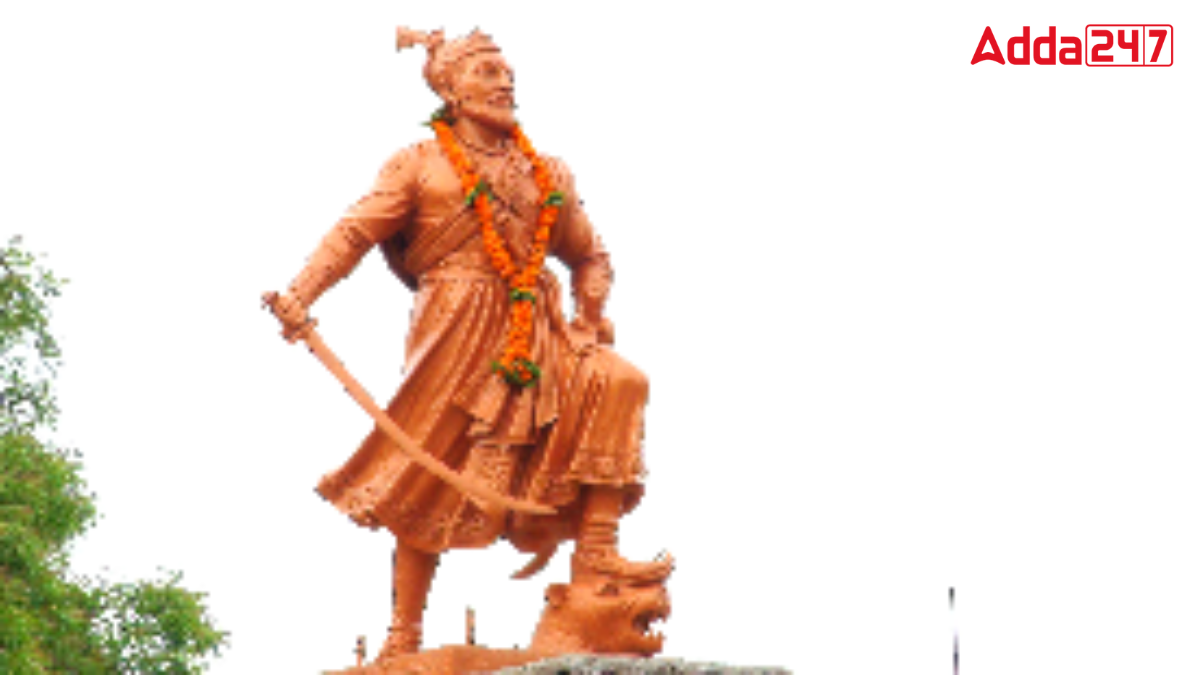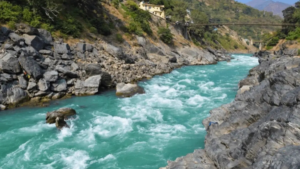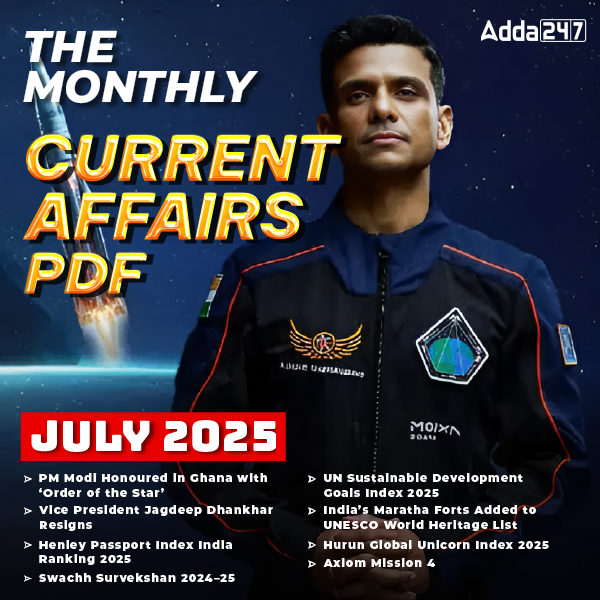Chhatrapati Sambhaji Maharaj was the second ruler of Maratha Empire and the eldest son of Chhatrapati Shivaji Maharaj. He was born on 14 May 1657 at Purandar Fort near Pune. He was a brave warrior and a scholar, but his reign was full of challenges, including conflicts with the Mughals, the Portuguese, and other kingdoms. He was captured and executed by the Mughal emperor Aurangzeb in 1689.
Early Life and Education of Sambhaji Maharaj
Sambhaji Maharaj was the son of Chhatrapati Shivaji Maharaj and his first wife, Saibai. His mother passed away in 1659, after which he was raised by his grandmother Jijabai. As a child, he was well-educated and learned several languages, including Sanskrit, Marathi and Hindi.
At the age of nine, Sambhaji went to Raja Jai Singh I of Amber as a political hostage. This was done as part of the Treaty of Purandar (1665) between the Marathas and the Mughals. During this time, he was given the rank of Mansabdar by the Mughals. However, in 1666, Sambhaji and his father escaped from Mughal captivity.
Sambhaji’s Role in the Maratha Empire
After their escapes, Sambhaji supported his father in military campaigns. He helped the Mughals against the Sultan of Bijapur between 1666 and 1670. After that, he fought alongside his father to expand the Maratha Empire.
When Chhatrapati Shivaji Maharaj passed away in April 1680, some ministers in the Maratha court tried to make his half-brother Rajaram the new king. However, Sambhaji learned about this plan and quickly took control of important forts like Raigad and Panhala. On 20 July 1680, he was officially crowned as the new Chhatrapati of the Maratha Empire.
Military Campaigns and Challenges
Sambhaji Maharaj fought many battles to protect and expand the Maratha Empire. However, unlike his father, he allowed his soldiers to plunder and loot after victories.
- Clashes with the Mughals: Sambhaji had frequent battles with the Mughals, starting with an attack on Burhanpur.
- War with the Siddis of Janjira: He had conflicts with the Siddis, who controlled Janjira.
- Conflict with the Portuguese: He fought the Portuguese in Goa.
- Alliance with the British: In 1684, he signed a treaty with the British to get weapons and gunpowder.
- War with Mysore: He also tried to defeat Mysore, which was ruled by Chikkadevaraja Wodeyar.
The Battle of Wai
One of the major battles fought during Sambhaji’s reign was the Battle of Wai in 1687. The Marathas defeated the Mughal forces in the dense forests of Wai and Mahabaleshwar. However, their commander-in-chief, Hambirao Mohite, was killed, which was a major setback for the Marathas.
Capture of Chhatrapati Sambhaji Maharaj and Execution
After the Battle of Wai, Sambhaji’s position weakened. Many of his own court members betrayed him. In February 1689, he was captured at Sangameshwar along with 25 of his close advisors, including his friend Kavi Kalash.
He was taken to Bahadurgad in Ahmednagar, where Aurangzeb’s soldiers humiliated and tortured him. He refused to surrender or convert to Islam. Finally, on 11 March 1689, Sambhaji Maharaj was executed by beheading at Tulapur. Because of his bravery and sacrifice, he is also known as “Dharmaveer” (Protector of Religion).
Sambhaji Maharaj as a Scholar
Sambhaji Maharaj was not only a warrior but also a scholar. He was fluent in Marathi, Sanskrit and Hindi. He wrote the Sanskrit book Budhbhushanam, which discusses politics and military strategies. He also write Hindi Books like Saatsatak, Nayikabhed and Nakhshikha.



 List of Rivers of Uttarakhand, Know the ...
List of Rivers of Uttarakhand, Know the ...
 Top-10 Biggest Birds in the World, Check...
Top-10 Biggest Birds in the World, Check...
 Top-10 Largest Islands in the World by 2...
Top-10 Largest Islands in the World by 2...

